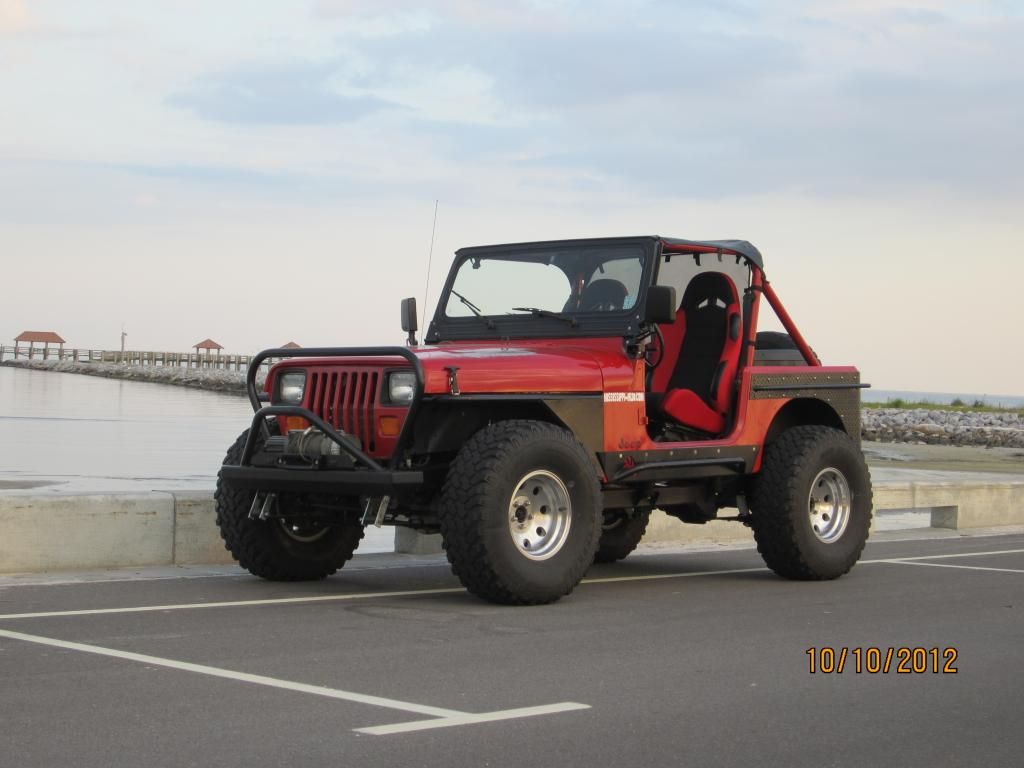Even though your regulator is on return side referring to pressure on return side is after regulator, which should be 0 PSI.
Your correct about pressures and 21.5 is not the issue. Pump is designed to run more, I and many people have run TPI pumps for years without issue. Even ran 3/8ths line from a 5/16th outlet on tank, but never smaller. The issue of not enough fuel will show up at WOT high RPM if it can not deleiver fuel because of hose/outlet size.
The outlet or fuel line will not cause the voltage drop. In an LT1 data log you can see sytem voltage and fuel pump voltage, can you in EBL? If you have 1.5 volts drop at idle it may be worse under load. I'd be chasing the electrical end before the fuel line end at this point...




 Reply With Quote
Reply With Quote






Bookmarks